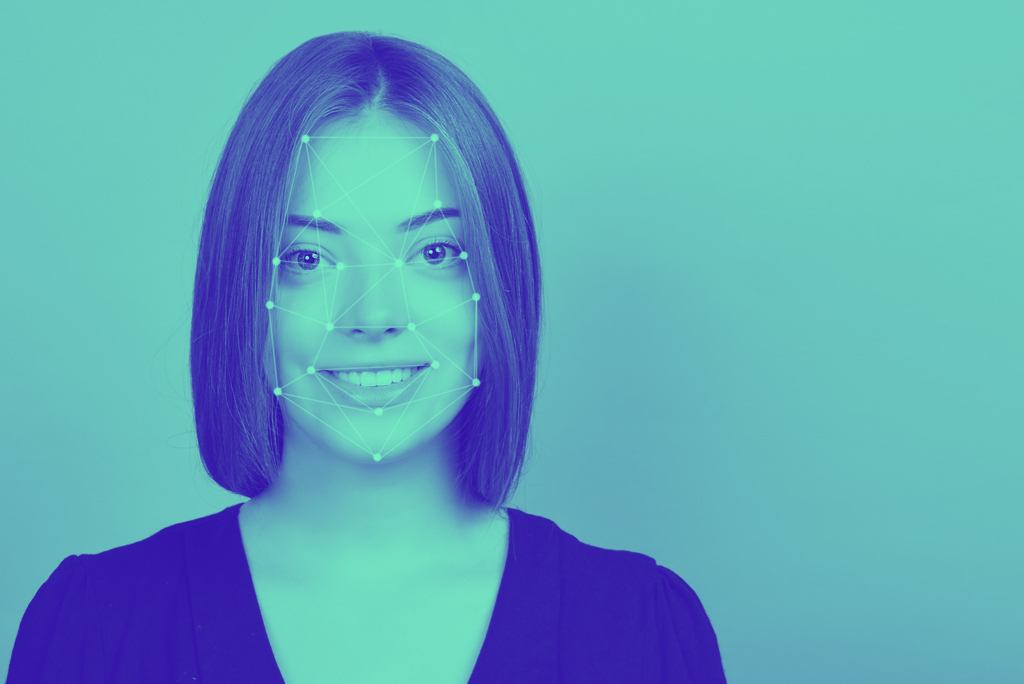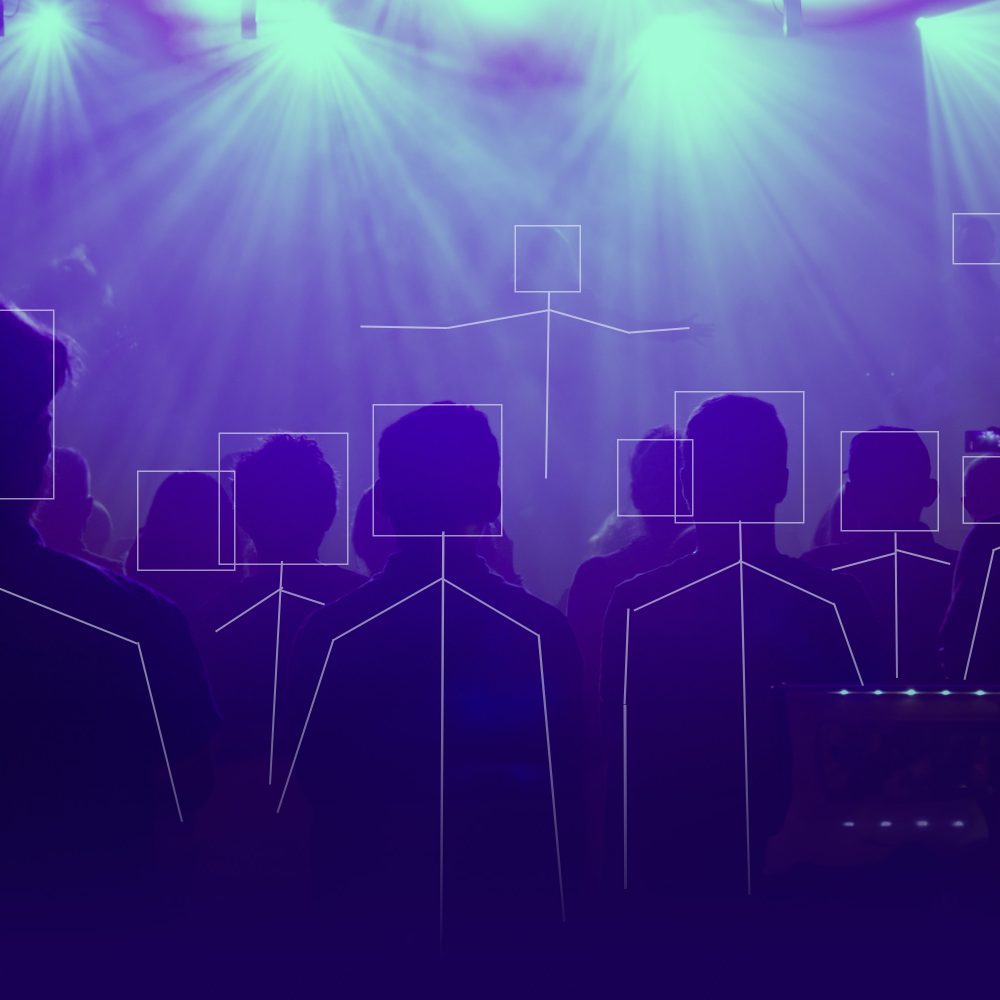A great example of CV is the facial recognition feature that has become almost ubiquitous in mobile phones and digital cameras. The cameras run software that is capable of recognizing facial features like eyes, noses, and mouths that allow it to pick them out of an image. The software can then adjust the image appropriately by focusing on the face, reducing red-eye, and so on. This may be a simple and limited application of CV, but it follows many similar fundamental concepts as more advanced versions of the technology.
The development of reliable CV that can fully replicate a human’s ability to distinguish and recognize objects is notoriously difficult. However, it’s a field that has seen a lot of advancement in recent years, largely due to the use of advanced machine learning algorithms.









